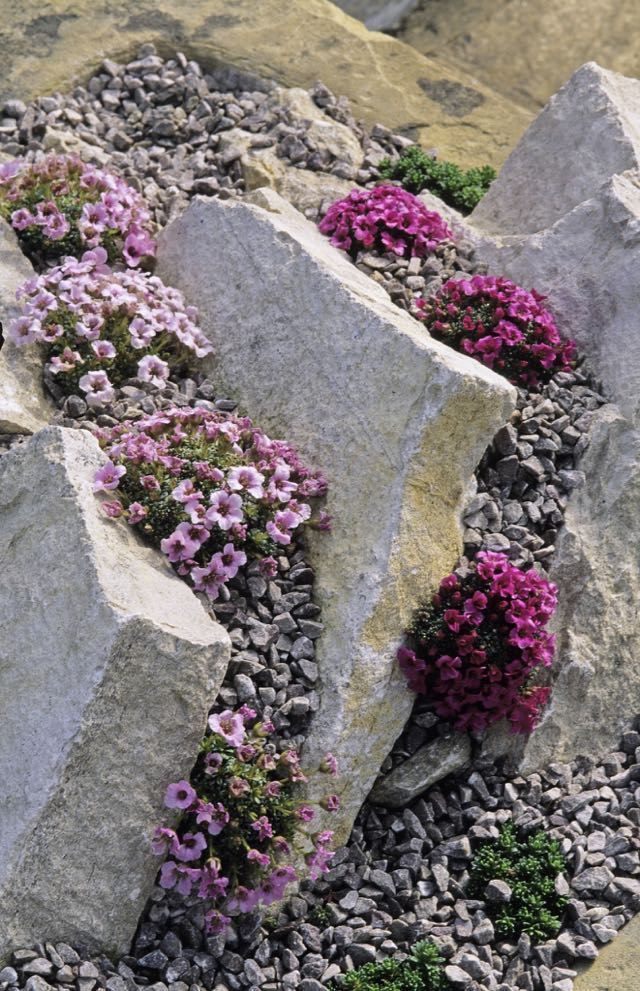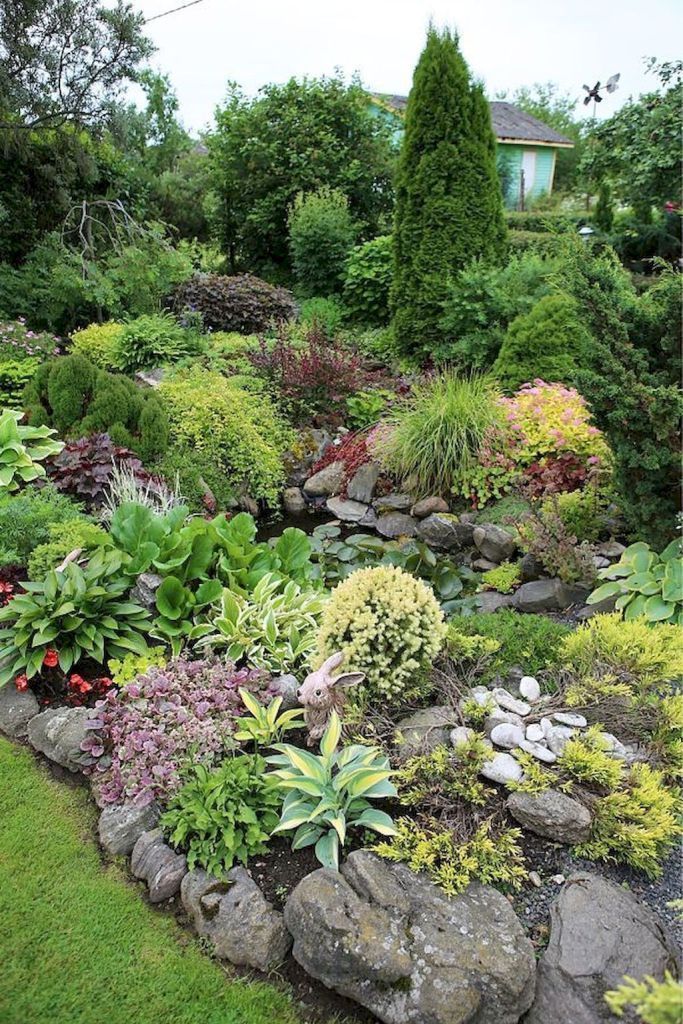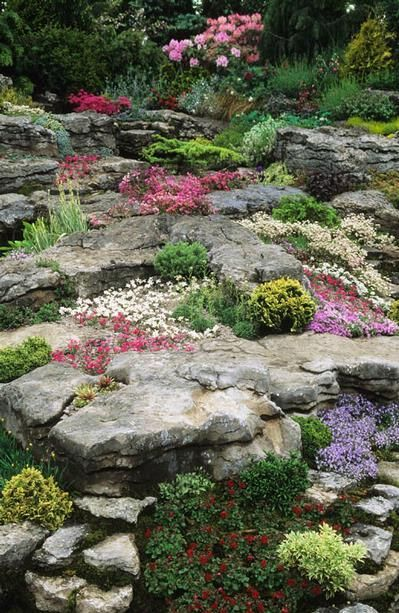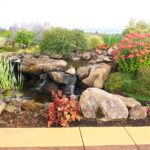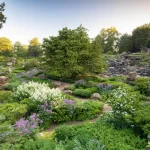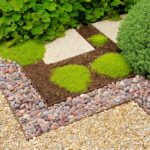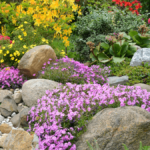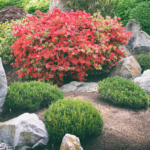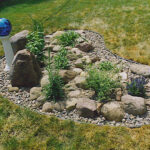A rock garden is a carefully composed landscape feature that incorporates various sizes and shapes of rocks, along with a selection of hardy plants. These gardens are popular for their low maintenance and natural appearance, making them an ideal choice for homeowners looking to add some visual interest to their outdoor space. Rock gardens can range from small, intimate arrangements to sprawling displays that cover an entire yard.
One of the key elements of a rock garden is the selection of rocks used. These can vary in size from small pebbles to large boulders, and should be chosen to complement the overall design of the garden. Rocks can be arranged in various ways, such as stacked to create a natural-looking rock formation or scattered throughout the garden to create a more random, organic look. The placement of rocks is crucial in creating a visually appealing and harmonious rock garden.
Another important aspect of a rock garden is the selection of plants. Hardy, drought-tolerant plants are typically chosen for rock gardens, as they are able to thrive in the rocky, well-drained soil that is characteristic of these gardens. Some popular choices for rock gardens include succulents, alpine plants, and ornamental grasses. These plants not only add color and texture to the garden but also help to soften the hard lines of the rocks, creating a more balanced and cohesive look.
In addition to rocks and plants, other design elements can be incorporated into a rock garden to enhance its overall aesthetic appeal. Water features, such as small ponds or cascading waterfalls, can add a sense of tranquility and movement to the garden. Pathways made of gravel, stepping stones, or mulch can help to define the space and provide access to different areas of the garden. Additionally, the use of ornamental statues, lanterns, or other decorative elements can add interest and personality to the garden.
Maintenance of a rock garden is relatively simple compared to traditional gardens, as rocks require little to no upkeep and many of the plants used are low-maintenance. However, regular weeding, pruning, and watering are still necessary to keep the garden looking its best. It is also important to periodically inspect the rocks for signs of wear or movement, especially if they are used in a stacked formation, to ensure the structural integrity of the garden.
Overall, rock gardens are a versatile and visually appealing landscaping option that can add a touch of natural beauty to any outdoor space. Whether you have a large yard or a small balcony, a rock garden can be tailored to suit your needs and preferences, resulting in a striking and enduring feature that will enhance your outdoor environment for years to come.
